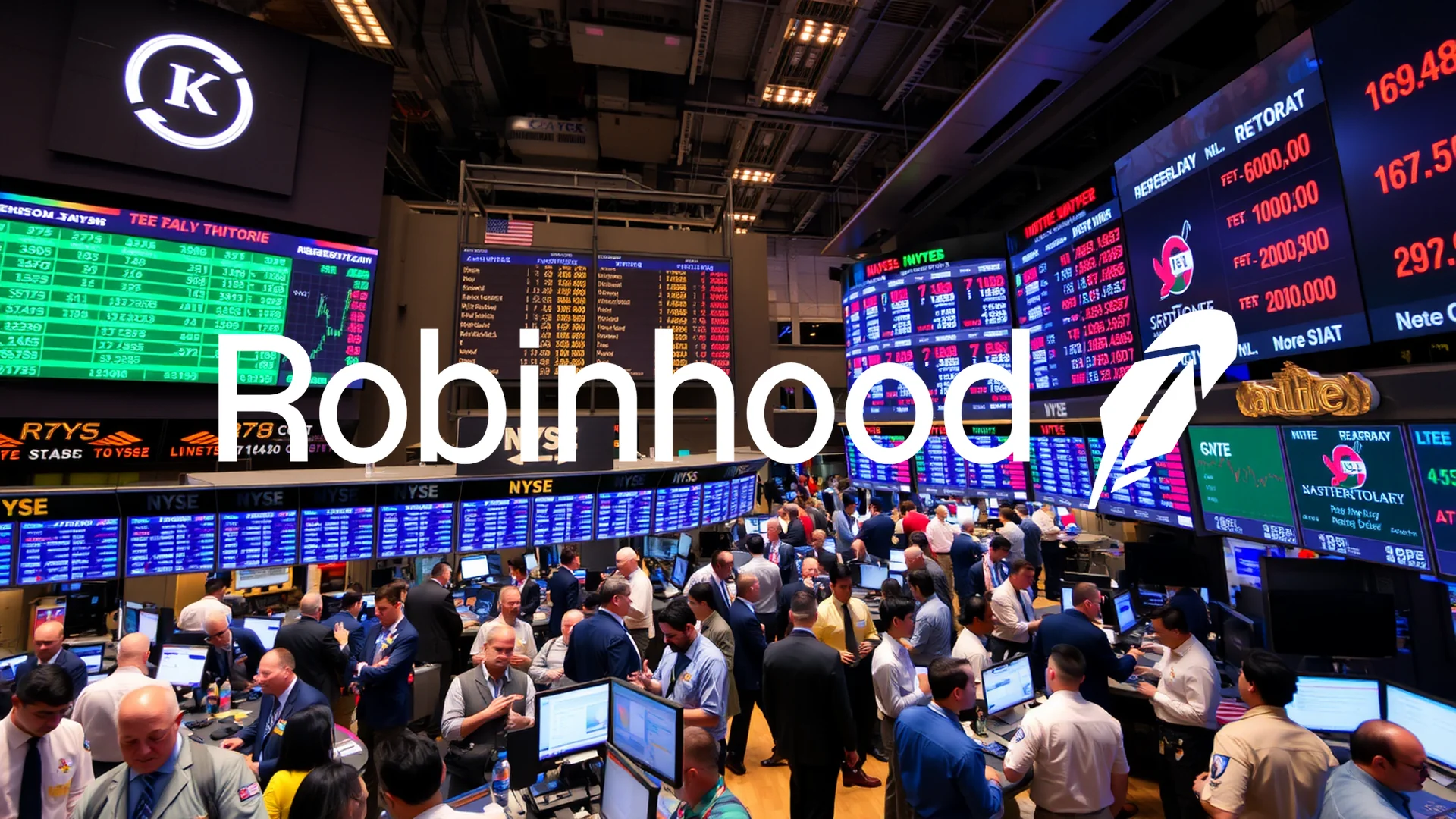A dramatic Friday rally propelled the Dow Jones Industrial Average significantly higher, closing out a volatile trading week on a powerful upswing. The blue-chip index surged by more than 490 points, a robust recovery following sessions dominated by concerns over AI sector valuations and persistent inflation. The catalyst for this sharp reversal was a single, carefully parsed comment from a Federal Reserve official, which dramatically shifted market sentiment. The central question now is whether this newfound optimism has staying power or represents a fleeting rebound.
Market Dynamics Shift on Dovish Commentary
The pivotal moment originated from New York, where Federal Reserve President John Williams suggested there was “room for a further interest rate adjustment.” This statement was immediately interpreted by traders as signaling that a December rate cut is now a plausible scenario. The effect was instantaneous, acting like a turbocharger for equity markets. The previous day’s anxiety, fueled by stubborn inflation data that had cast doubt on the likelihood of accommodative monetary policy, was entirely overturned.
In response, the yield on the benchmark 10-year U.S. Treasury note fell promptly to 4.06%. This decline in borrowing costs helped alleviate valuation pressure on stocks. Market pricing for a potential interest rate reduction was radically repriced; traders now assign a 70% probability to a cut, a stark increase from a meager 40% just 24 hours earlier. Reflecting the calmer environment, the VIX fear index cooled off by almost five percent. The panic that had gripped the market on Thursday had effectively vanished.
Sector Rotation: Cyclicals Lead, Tech Lags
A notable feature of the rally was its leadership. The advance was not driven by the typical mega-cap technology stocks but instead by so-called “Old Economy” cyclical companies. Home Depot saw its shares gain over three percent, fueled by speculation that lower mortgage rates could reinvigorate the housing market. American Express and Merck also posted strong advances, while IBM provided steady stability.
Should investors sell immediately? Or is it worth buying Dow Jones?
In contrast, Walmart lost ground despite reporting solid quarterly earnings, as investors opted to take profits following a recent share price run-up. Microsoft also exhibited relative restraint. Investors remain cautious toward mega-cap technology stocks while their valuations hover near all-time highs and the fervor around artificial intelligence shows signs of fragility.
Technical Breakthrough and Future Resistance
From a technical analysis perspective, the index registered a significant achievement by reclaiming the psychologically important 46,000-point level. The next technical resistance now looms at 46,685; a decisive break above this barrier could pave the way for a move toward 47,000. In the short term, the Relative Strength Index (RSI) on hourly charts is flashing a clear buy signal, having turned upward from oversold territory.
The sustainability of this upward momentum, however, remains an open question. Upcoming consumer sentiment data and any further commentary from Federal Reserve officials on Monday will be critical in determining whether the hope for a December rate cut is a durable foundation for further gains or merely a temporary relief rally.
Ad
Dow Jones Stock: Buy or Sell?! New Dow Jones Analysis from November 22 delivers the answer:
The latest Dow Jones figures speak for themselves: Urgent action needed for Dow Jones investors. Is it worth buying or should you sell? Find out what to do now in the current free analysis from November 22.
Dow Jones: Buy or sell? Read more here...











